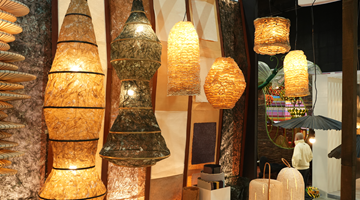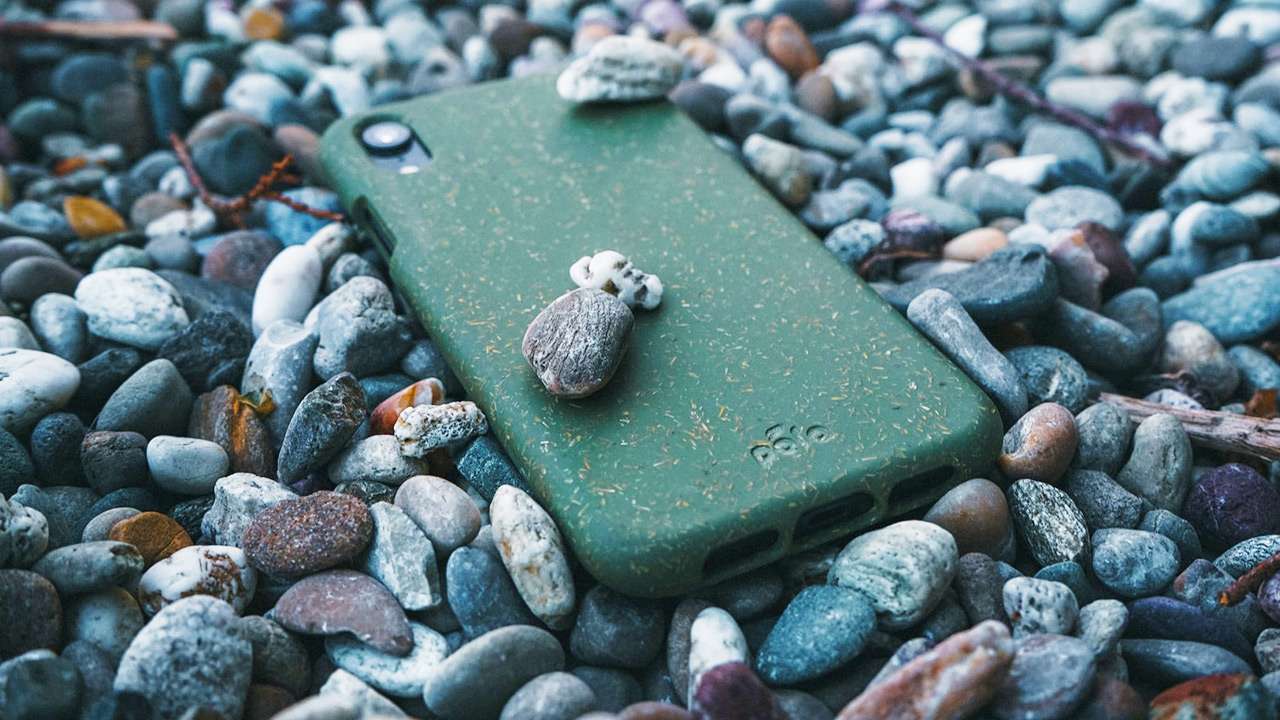POSTED Jun 07, 2022 - 08:23 AM
Are “biodegradable” phone cases really biodegradable?
Here’s a closer look at the messaging, production, processes, and actual efficacy of biodegradable phone cases
Biodegradable phone cases have been everywhere online. You may not have ordered it, but you’ve probably come across a sponsored post talking about it. Brands like Casetify, the Philippine-based Fili, and Pela all sell cases that claim to be 100 percent biodegradable.
If you browse their about pages, you’ll find that these phone cases claim to be made of a variety of materials like bioplastics, upcycled wheat waste, and bamboo-based material. These companies also have other initiatives like tree planting and donating a percentage of their sales to environmental initiatives.
Biodegradable phone cases sound like a good idea. Most phone cases people use are made from plastic or synthetic leather (which aren’t environmentally friendly). After they break or when people get an upgrade, they’re either chucked in the garbage or completely forgotten about. Biodegradable cases take away the harm disposing of these cases does to the environment because they naturally break down and protect your gadgets.
Smaller online resellers and MSMEs have also taken to reselling what they claim as “biodegradable phone cases” without the branding. The promises are the same as the branded phone cases.
Honestly, it sounds a little too good to be true. So here are a few questions to ask:
Can you just throw them away after they break or if you don’t want them anymore?
What are the processes and materials that go into each case?
Are they actually biodegradable?
Casetify
If you take a look at Casetify’s website, the page dedicated to their biodegradable phone case selection is basically a “shop now” button with some copy about upholding sustainability and helping the environment sandwiched in between beauty shots of their products.
After a little more exploring, Casetify doesn’t seem to have any science or data to prove how their cases actually help the environment. Their webpage doesn’t say anything about how their cases are manufactured, the specific list of materials that go on each page, and how the cases affect the environment.
They did talk about planting trees though, which is always a good thing.
Fili
Fili on the other hand has a little more information on their website. Their FAQ page offers insight into what goes into their phone cases, like what materials they use and how to properly dispose of the case.
An important thing to note though is that they sell two different types of cases: the Fili biodegradable case and the Fili eco-friendly case. Their branding focuses on biodegradable cases, but their eco-friendly case isn’t actually biodegradable. The fine print on their website says that their eco-friendly case is made from wheat straw waste with some thermoplastic urethane (TPU), to give it some flexibility and strength.
Their FAQ page also mentions (albeit in passing) how to break the cases down after use. Under the question “Will the FILI biodegradable case deteriorate or decompose on its own over time,” they helpfully replied, “No. Your FILI biodegradable case will not decompose on its own. It can only decompose through a proper composting method.”
This answers question number 1, but there were no further details after the composting guide.
Their website also doesn’t mention the manufacturing process behind these cases or information on how their products affect the environment. Fili is a relatively new brand, so let’s hope they provide more information on their products and processes available soon.
Pela
Before talking about the information on their website, it’s worth mentioning that Pela’s ads tell a somewhat different story. If you see their ads on Instagram or look them up on your browser, the word “biodegradable” comes up.
But when you check their website, the word “biodegradable” is almost nowhere to be found on their homepage (save for a customer review). Instead of “biodegradable,” what you see everywhere is “compostable.” Their messaging is really crucial because there’s an important distinction between “biodegradable” and “compostable.”
If something is biodegradable, it means that they can naturally and harmlessly decay. If something is compostable, it means that they can disintegrate quickly, depending on certain factors like temperature, environmental moisture, and oxygen levels.
This is actually great news—if you have a compost bin or access to a compost garden.
This answers question number 1. So no, you can’t just throw it away. You need to compost it properly or send it back to the company for composting.
For question number 2, Pela also did a great job of including more info on their manufacturing process. They have two manufacturing centers, one in Canada and one in China. Their Canada plant is in charge of making their phone cases, while their China plant takes care of other products.
They didn’t go into the nitty gritty of their production process, but that could also be chalked up to trade secrets.
As for the last question, is it really biodegradable? Technically, the answer is yes. But what’s important is how long things take to break down.
For a more concrete answer, this helpful tech reviewer buried his Pela case in the ground for seven months:
He didn’t compost it though, he just buried it in his yard during Calgary’s winter months (which might actually make it tougher for the case to break down). The result of the video shows there has been some significant wear and tear on the case. The case had less structure, the edges were coming apart, and there were little tears on its surface.
So are Pela cases actually biodegradable? This video proves that yes, they are—or at least they decompose a little after burying them for a few months.
Some takeaways
When it comes to shopping sustainability, being a conscious consumer really matters. Ask questions to find answers. For the final question, Casetify and Fili are out of the running (as of now) because they couldn’t provide any evidence that concretely supports their claims.
With that being said, these brands may not hold all the answers, but biodegradable phone cases are still a better option than their plastic counterparts.
It’s also nice to see companies like Casetify branching out into more sustainable products, but it’s an even better sign that companies like Fili and Pela exist with sustainability and care for the environment as their missions.
At the end of the day though, the answer isn’t biodegradable phone cases. It’s making sure that products companies put on the market and corporate business practices aren’t harmful to the environment. Creating products that address waste is a good effort towards sustainability, but the priority should be to minimize waste from the start.
For MSMEs who are looking for solutions to address waste or sustainability, the Center for International Trade Expositions and Missions (CITEM) will be hosting the Sustainability Solutions Exchange. The event will run from March 23 to 25, 2022 and will focus on the latest sustainability business practices and processes for an environmental and economical industry.
This article was originally published on Nolisoli.ph
For more information and news on home, furniture, lifestyle, and fashion accessories visit FAME+ (fameplus.com)
Read more

Rooted in Advocacy, Crafted for the Future
Going strong for 42 years, Manila FAME is a bold, seasoned trade show shaped by decades and transfor... Learn More

Learning the curve of sustainability: CITEM explores Taiwan’s SDG-driven industries
CITEM tracks sustainable practices in Taiwan’s transformative industries, and gets a glimpse of a... Learn More

CITEM Market Sensing Mission to Taiwan to strengthen PH SDG competency
Making serious strides toward strengthening the country’s sustainability footprint, CITEM travels to... Learn More

EU, PH push for green solutions in food industry at Sustainability Solutions Exchange 2025
Aiming to develop a sustainable Philippine food industry, the European Union (EU) and the Department... Learn More
